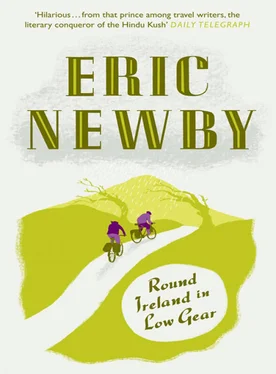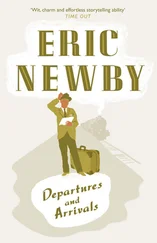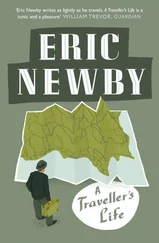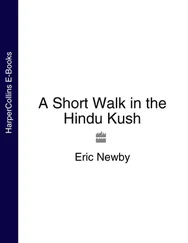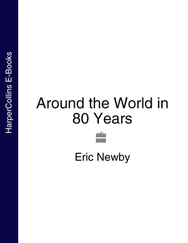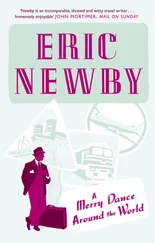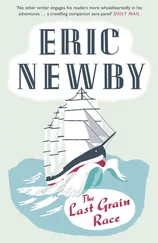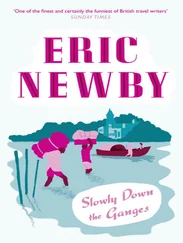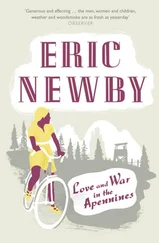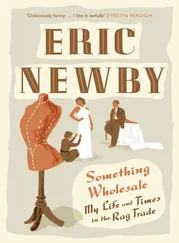ERIC NEWBY
Round Ireland in Low Gear
For the Irish,
the Eighth Walking (and Talking)
Wonders of the World
Cover
Title Page
Dedication
Introduction
PART ONE December
1 State-of-the-Art
2 To the Emerald Isle
3 Birthday on a Bicycle
4 Round the Burren
5 Land of Saints and Hermits
6 In the Steps of St Brigid
PART TWO January
7 Through Waterford to Cork
8 Through the Realms of Moving Statues
9 A Night in Ballinspittle
10 On the Road to Skibbereen
11 Return to Kilmakilloge
PART THREE June
12 Dublin Unrevisited
13 Main Line to Shannon Harbour
14 To the Fair at Spancil Hill
15 To the Aran Islands
16 Stormy Weather
17 An Ascent of Croagh Patrick
PART FOUR October
18 Last Days in Ireland
Epilogue
Bibliography
Index
Acknowledgements
About the Author
Praise
Also by the Author
Copyright
About the Publisher
Footnotes
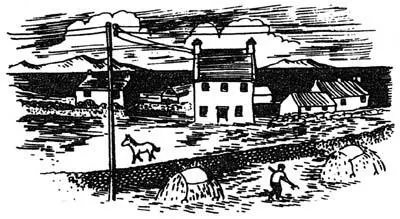
The roads are very variable, some being grand, others very bad. Intercourse with the peasantry will be found interesting and amusing. Nothing can exceed their civility and courtesy; and for those who are not too particular it will be found an excellent plan to lunch in their cottages, excellent tea, home-made bread, butter and eggs being procurable for 1s. [5p] a head.
The Cyclists’ Touring Club Irish Road Book , c. 1899
In the autumn of 1985, more or less on the spur of the moment, we decided to go back to Ireland and travel through as much of it as we could in the space of three months or so, starting in the South. The North could wait. If things improved there, so much the better. If they got worse we would simply not go there. We were not going to travel in the guise of sociologists, journalists or contemporary historians. I was unlikely to write a book called Whither Ireland? or Ireland Now. We were not going there, we hoped, to be shot at. We remembered it as it had been some twenty years previously, when it had been idiosyncratic and fun. (Romantic Ireland was long since dead and gone, as Yeats wrote, ‘with O’Leary in the grave’ – that is, if it had ever existed.) We were going there, in short, to enjoy ourselves, an unfashionable aspiration in the 1980s.
It was now mid-November. All Souls’ Day was already past. The dead season, as far as weather went, was in full sway all over the northern hemisphere and would last until Easter, and probably longer. We had no illusions about the dead season. Anywhere in the British Isles and in most parts of the Mediterranean it conjured up vistas of matchstick figures bent double by the wind, silhouetted against a colourless sea without a vessel in sight to break the monotony; sun lounges in hotels and guest houses filled with rolled-up carpet, those still open soldiering on with a skeleton staff, their proprietors in the Canaries, those left in charge in their absence never quite sober.
But it will be better in Ireland, we said, putting our faith in the Gulf Stream, and in the Irish themselves with their humour, and trying to forget, while adding up their other virtues, their cooking, though even that was said to have improved.
The reason we chose to begin our journey in this dead season was simply that at home in Dorset in the not-so-dead seasons we are engaged in extensive gardening operations without any sort of outside help. We have a large kitchen garden in which we grow all our own vegetables; large expanses of grass to be cut, a lot of it in a steep-sided orchard which, no sooner than one turns one’s back on it, becomes infested with moles whose excavations knock hell out of a mower; not to speak of a long, tapering field and quite an extensive beech wood to try and keep under control.
Having decided to explore as much of Ireland as we could between December and March and the rest of it when we could afford the time, we then had to decide what means of transportation to employ. My first impulse, one not shared by my wife Wanda, was to walk it; but what makes Ireland such a meal from the walker’s point of view is its coastline, which is 3500 miles long, more than a thousand miles longer than that of England and Wales and exactly a thousand miles longer than that of Scotland, and a lot of it on the Atlantic coasts very indented. Peninsulas such as the Iveragh, the Beara, the Dingle and Mizen Head are between thirty and forty miles long. To skirt the perimeter of these four adjacent peninsulas would involve a journey of at least 255 miles – the Ring of Kerry on the Iveragh Peninsula alone is over a hundred miles – and at the end of it one would only be about sixty miles further on one’s way. Similar vast detours would also have to be made, if one was serious about it, all the way up the West coast.
According to the excellent Ireland Guide , published by the Irish Tourist Board (otherwise Bord Failte, the Welcome Board), it is possible to visit the country ‘in its entirety in a couple of weeks’ by car or motorcycle; they then go on to say, however, rather like a band of roguish leprechauns, that ‘you cannot see everything, of course’. But we both rejected the idea of using a car on the grounds that whoever is driving sees hardly anything except the road ahead – if not they shouldn’t be driving – and the one who isn’t is either permanently map-reading or looking things up in guide books to entertain the driver, and getting ticked off if he fails to do so, which leads to what my wife calls ‘rowls’. In this way no one sees anything. Motorcycles we regarded, and still do, as just plain dangerous.
Buses sounded a little more promising but a closer look at the Amchlar Bus do na Cuigi agus Expressway , otherwise the Provincial and Expressway Timetable (not surprisingly there is no equivalent for ‘Bus’ and ‘Expressway’ in the Irish language) showed that some of the services were pretty skeletal in the winter months. The Amchlar Traenach , or Train Timetable (trains, presumably because of their more ancient lineage, having somehow contrived to get themselves incorporated into the language) offered even less hope. However carefree the image the Irish Railways tried to project, it was obvious that the system had suffered the attentions of some Irish equivalent, if such can be imagined, of Beeching, the destroyer of the British railway system. To understand what had been lost as a result it was only necessary to look at the railway map in the 1912, and last, edition of that splendid work, Murray’s Handbook to Ireland .
We also ruled out horses, as we are both terrified of them. Anyway, we would have had the problem of feeding them. I could foresee us buying them dozens of packets of All Bran in supermarkets and getting soundly kicked for our pains. Remembering what happened to Mr Toad we were less than enthusiastic about hiring a caravan. What we really needed was a balloon, but that would have meant employing a balloonist, and most likely ending up beyond the Urals.
The only other practical method of making the journey, although I was not sanguine about persuading Wanda to agree, was by bicycle.
PART ONE December
CHAPTER 1 State-of-the-Art
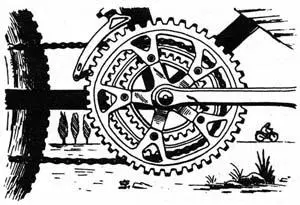
STATE-OF-THE-ART adj . ( prenominal ) (of hi-fi equipment, recordings, etc.) the most recent and therefore considered the best; up-to-the-minute: a state-of-the-art amplifier .
Читать дальше
